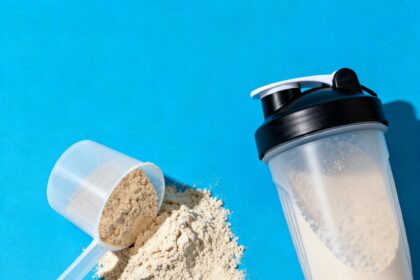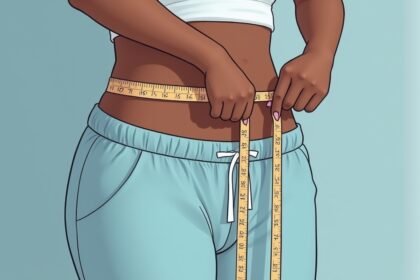BY Alexander Boivin, MS
Most people who train for muscle gains use a very common training template. Each body part is specifically trained at low frequency once per week. In fear of not recovering before the next work out, most gym goers believe that it takes roughly 6-7 days to recover the muscle group previously worked. Thus, the birth of the “Bro-split”, or a “Bodybuilding” routine. Training with this routine may be beneficial for the novice or beginner population. However, it is unsubstantiated among the scientific literature for advanced trainees. Far from being superior, it may be holding you back from gaining that next few pounds of chiseled beef.
When a training program is tailored to a specific fitness goal, there are variables that need to be assessed and manipulated to elicit a desired outcome. Advanced trainees may want to consider less important variables such as exercise selection, exercise order, tempo, and rest periods. The more important variables to address include total training volume, duration, intensity, and frequency.
Volume represents how much you train, such as the number of hard sets completed per week. For example, if you train chest with 4 exercises and each exercise involves 3 sets of 10, you can record your weekly volume as 12 sets (4×3=12). I know this is not exactly rocket science, but it’s an important concept that many people ignore, and become doomed by their own ignorance.
Weekly training volume has been correlated with muscle gains. A greater volume of sets per muscle per week equates to greater muscle gain. But, there is a caveat. More is not necessarily better! While volume is typically correlated with muscle gain, adding too much volume too soon will impact your recovery. You will gain less muscle than if you had trained with a slightly lower volume and optimized your recovery. A relevant study examined the popular “German Volume” training routine against a group that trained with half the volume. The group that trained with less volume gained significantly more muscle.
So TOO much volume is not a good thing. The take away is to train with enough volume to promote growth, and to progressively increase this volume over time. Possibly over months and years.
Okay, cool. We know that volume is important, but what about training frequency?
Resistance training frequency does two things to unleash rapid muscle gains
First
increasing frequency may be an independent stimulator of muscle growth (Boivin, et al. 2016). This suggests that simply working out at the same volume, but increase how often you trained, more muscle growth would result. For the “sciency” folks, the explanation could be the increased time for muscle growth might stimulating a positive muscle-growth environment more often. Instead of spiking nutrients, myokines, hormones and other anabolic factors once per week, doing it more often may help the recovery and adaptation processes.
Increased frequency example:
Isovolumeric
(Same volume, Increased frequency)
NORMAL BRO SPLIT FOR CHEST
Monday: Chest day
Bench 4×10
Cable fly 3×10
DB Incline press 3×10
Decline bench 3×10
Push up finisher 3×10
HIGHER FREQUENCY
Monday: Bench 4×10, Decline Bench 3×10 Wednesday: Cable Fly 3×10
Friday: DB Incline Press, Push up Finisher 3×10
Second
increasing the frequency allows for a greater volume per week without negatively impacting recovery. See what I did there? Remember how we established that volume is an important piece of a training program for muscle growth? In a bro-split, your chest day might contain 13 sets for chest, yet you are no longer growing. The simple solution would be to increase the number of sets, or to add an exercise. However, we cannot continue to simply add sets forever. There will eventually be a point of diminishing returns. Not very encouraging! No one wants to spend endless hours doing chest work in one day. Remember that most muscle groups do not grow past three days in trained individuals.
The solution to this dilemma is to increase the frequency to allow an increase in volume. Instead of adding another set or exercise for chest, try adding a chest movement later in the week. You could have two similar days, or one day with more volume and one with less. Either way, the total “sets per week” will have increased, thus creating a favorable environment for gains!
BTW…This theory applies for all body parts.







































